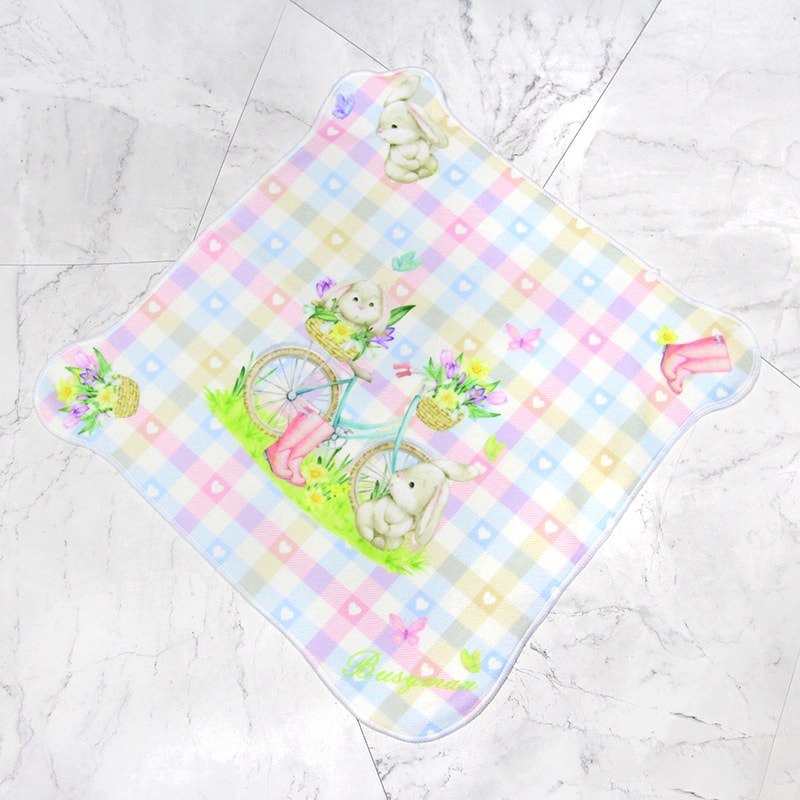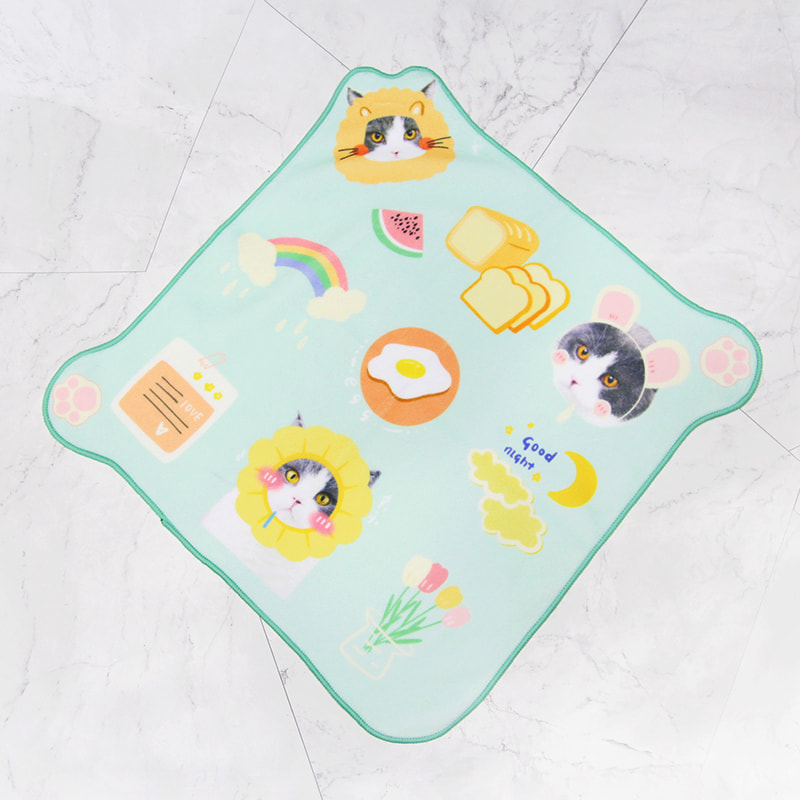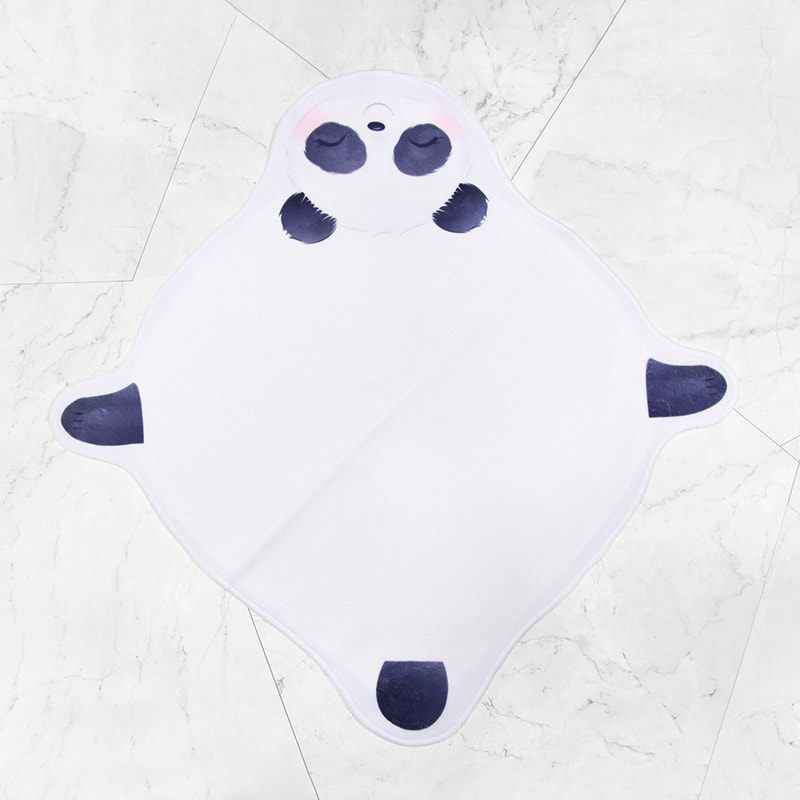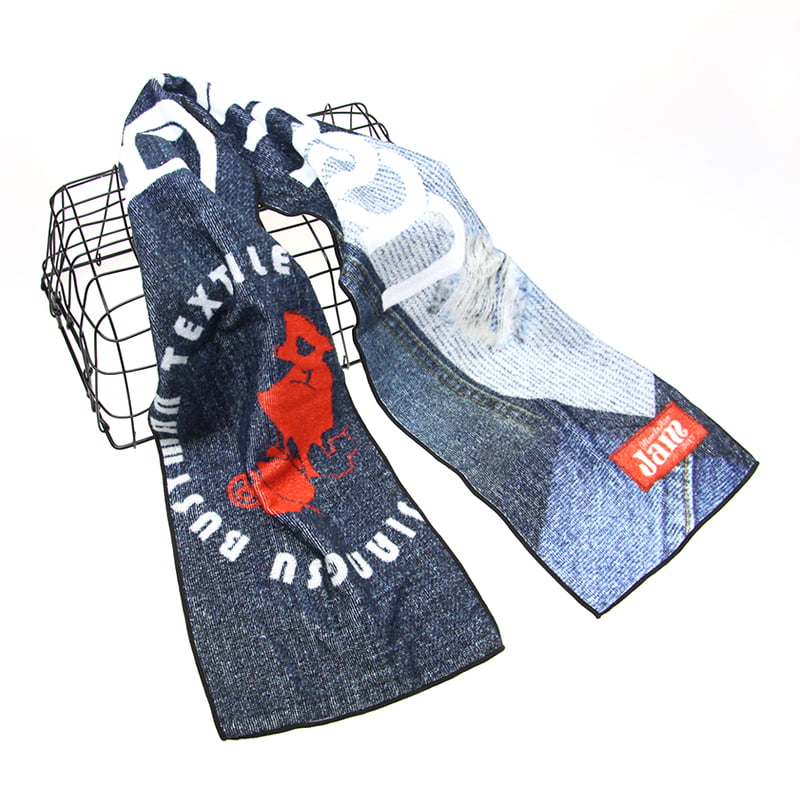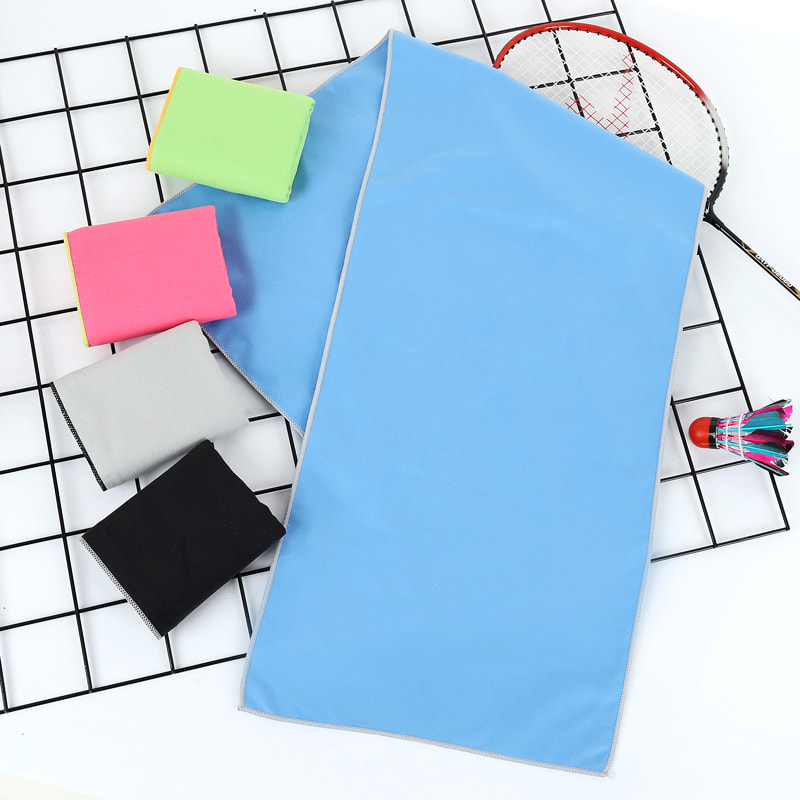What is the difference between single-ply and multi-ply cotton terry towels, and how does this affect their performance?
When shopping for bath towels, one of the key factors to consider is the construction of the fabric. Cotton terry towels, in particular, come in two primary configurations: single-ply and multi-ply. These terms refer to the number of threads twisted together to form the fabric, and understanding the difference between them is essential in selecting the towel that best suits your needs. While both types are made from cotton, the number of plies can significantly impact a towel’s performance, including its absorbency, durability, and overall feel.
Single-Ply Cotton Terry Towels
Single-ply cotton terry towels are made from a single thread twisted into loops, which form the characteristic pile of the towel. This construction results in a towel that is lightweight and typically softer than multi-ply alternatives. The reduced thickness means that the towel may dry more quickly after use, which can be an advantage in humid climates or for those who need a towel to dry faster. Single-ply towels also tend to be more compact, making them easier to store and ideal for households or spaces with limited storage.
However, the performance of single-ply towels in terms of absorbency can be somewhat limited. While they still offer decent moisture absorption, the overall surface area of the loops is smaller compared to a multi-ply towel. This means that single-ply towels may need to be replaced more frequently if you’re looking for superior absorbency and longevity. For light drying or quick towel-drying situations, a single-ply cotton terry towel might be sufficient.
Multi-Ply Cotton Terry Towels
Multi-ply cotton terry towels are constructed by twisting multiple threads together to form a thicker, denser fabric. The additional layers of cotton make the towel bulkier and more plush, which contributes to a greater absorbency rate. With more surface area in the form of tightly packed loops, multi-ply towels can hold more water, allowing them to dry off a person more effectively in one go. This feature makes them particularly ideal for individuals who prefer plush, highly absorbent towels that can handle a greater volume of moisture.
The extra thickness of multi-ply towels also contributes to their durability. Because they are more densely woven, they tend to be more resistant to wear and tear over time, even with frequent use and washing. However, this added density also means that multi-ply towels take longer to dry, both when in use and after being washed. Additionally, they tend to be heavier, which can be less convenient for some users, especially in situations where a lightweight towel is preferred.
Performance Differences
Absorbency: Multi-ply towels outperform single-ply towels in terms of absorbency. The increased number of loops and surface area in multi-ply towels means they can absorb moisture more efficiently. For those who require a towel that dries them off quickly after a bath or shower, a multi-ply cotton terry towel is the better option. Single-ply towels, while still absorbent, may require multiple passes to dry off completely.
Durability: The durability of multi-ply cotton terry towels tends to be superior to that of single-ply towels. The additional layers of cotton make the towel stronger, allowing it to withstand more washes and usage without breaking down. Single-ply towels, while softer initially, may show signs of wear more quickly, especially if they are washed and dried frequently. Multi-ply towels are ideal for households or commercial settings where towels are used often and need to maintain their integrity for an extended period.
Softness and Comfort: Single-ply cotton terry towels tend to feel softer and fluffier when first used. Their lightweight nature gives them a delicate, gentle feel against the skin, which is perfect for those who prefer a softer towel. In contrast, multi-ply towels, while still soft, may feel denser and more plush. Some people enjoy the luxurious, spa-like experience that multi-ply towels offer, while others may prefer the lighter feel of single-ply towels.
Drying Time: A key difference between the two types of towels is their drying time. Single-ply towels, due to their thinner and lighter construction, dry faster after use. This makes them a great choice for those who need towels that don’t stay damp for long. Multi-ply towels, on the other hand, take longer to dry, both in use and after washing. This could be a factor to consider in humid climates or if you plan to use the towel multiple times in one day.
Storage: Because single-ply towels are thinner and lighter, they take up less space in storage. If you have limited closet space or need to store towels in a compact area, single-ply towels are a more practical choice. Multi-ply towels, while bulkier and more absorbent, require more storage space due to their increased thickness and weight.



 中文简体
中文简体 Español
Español 日本語
日本語 0
0

